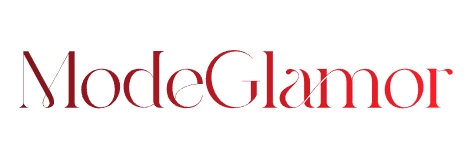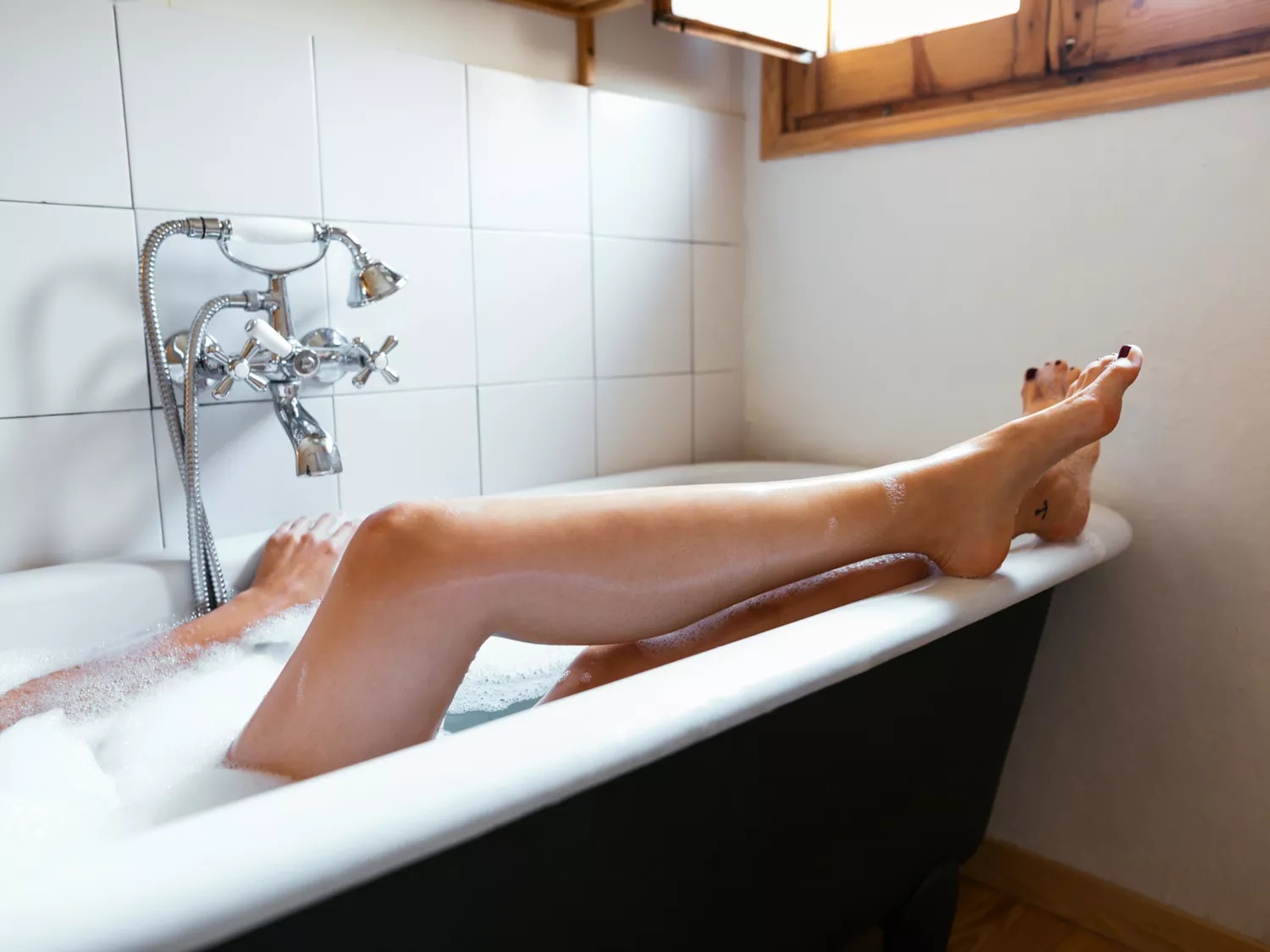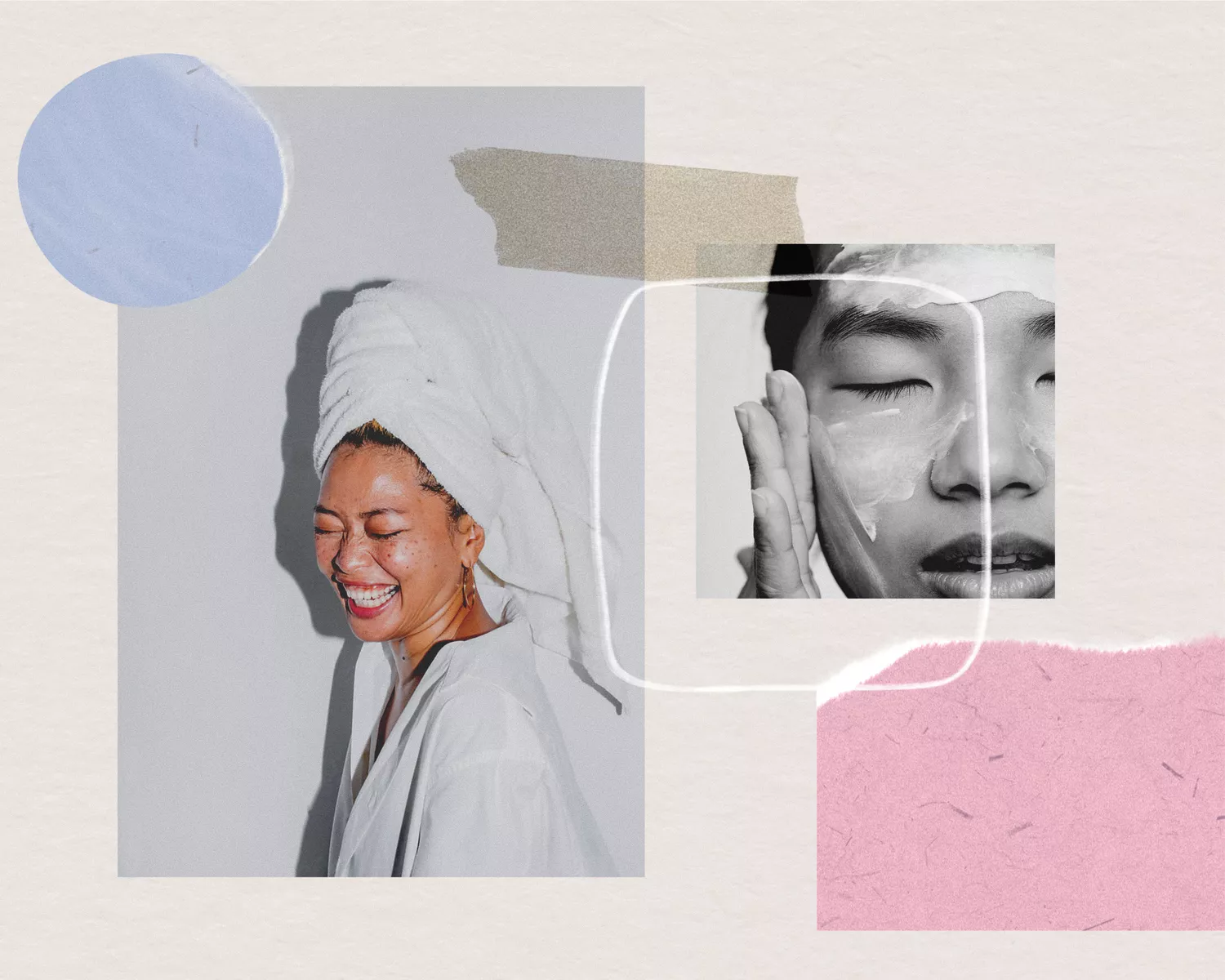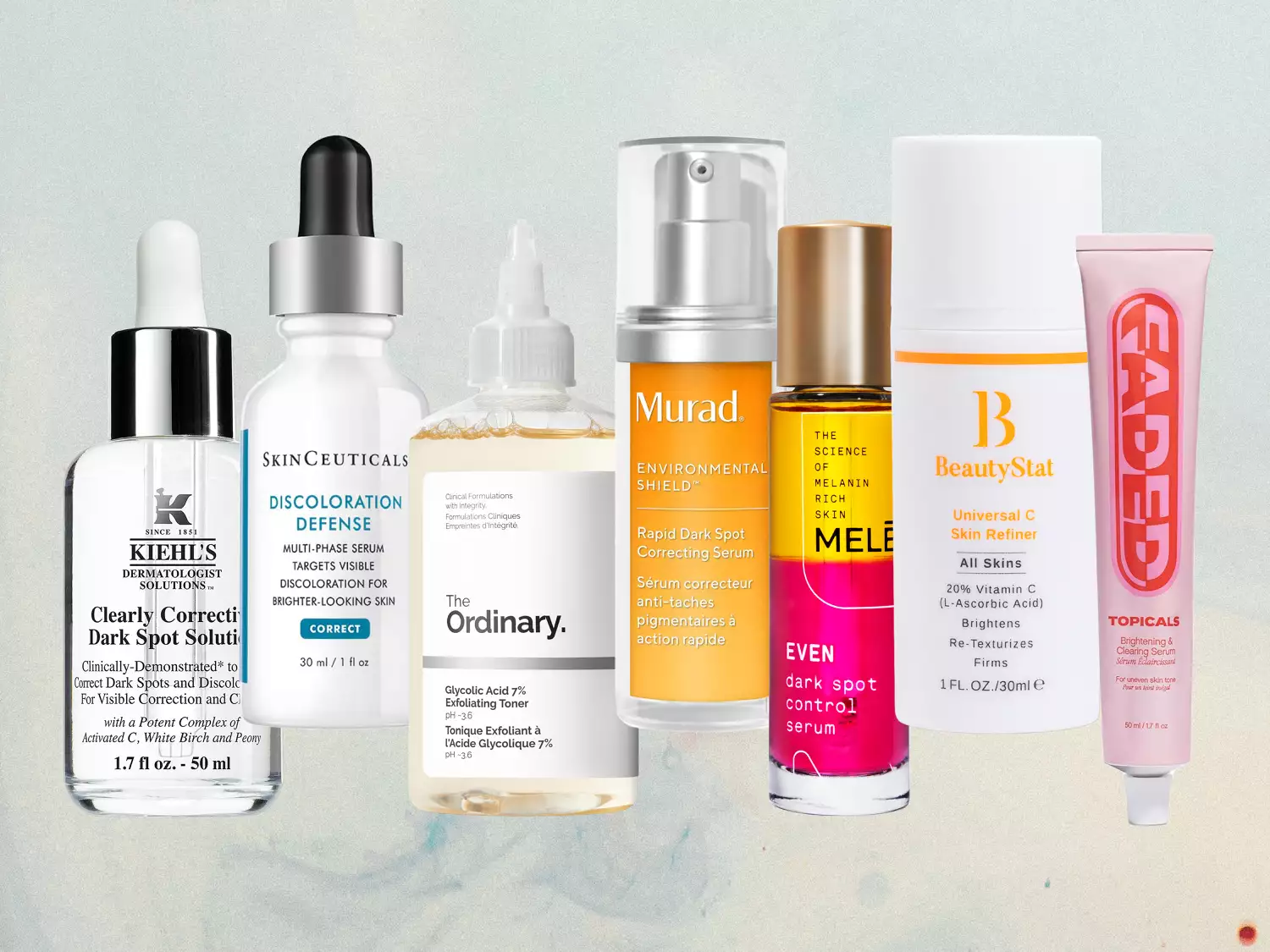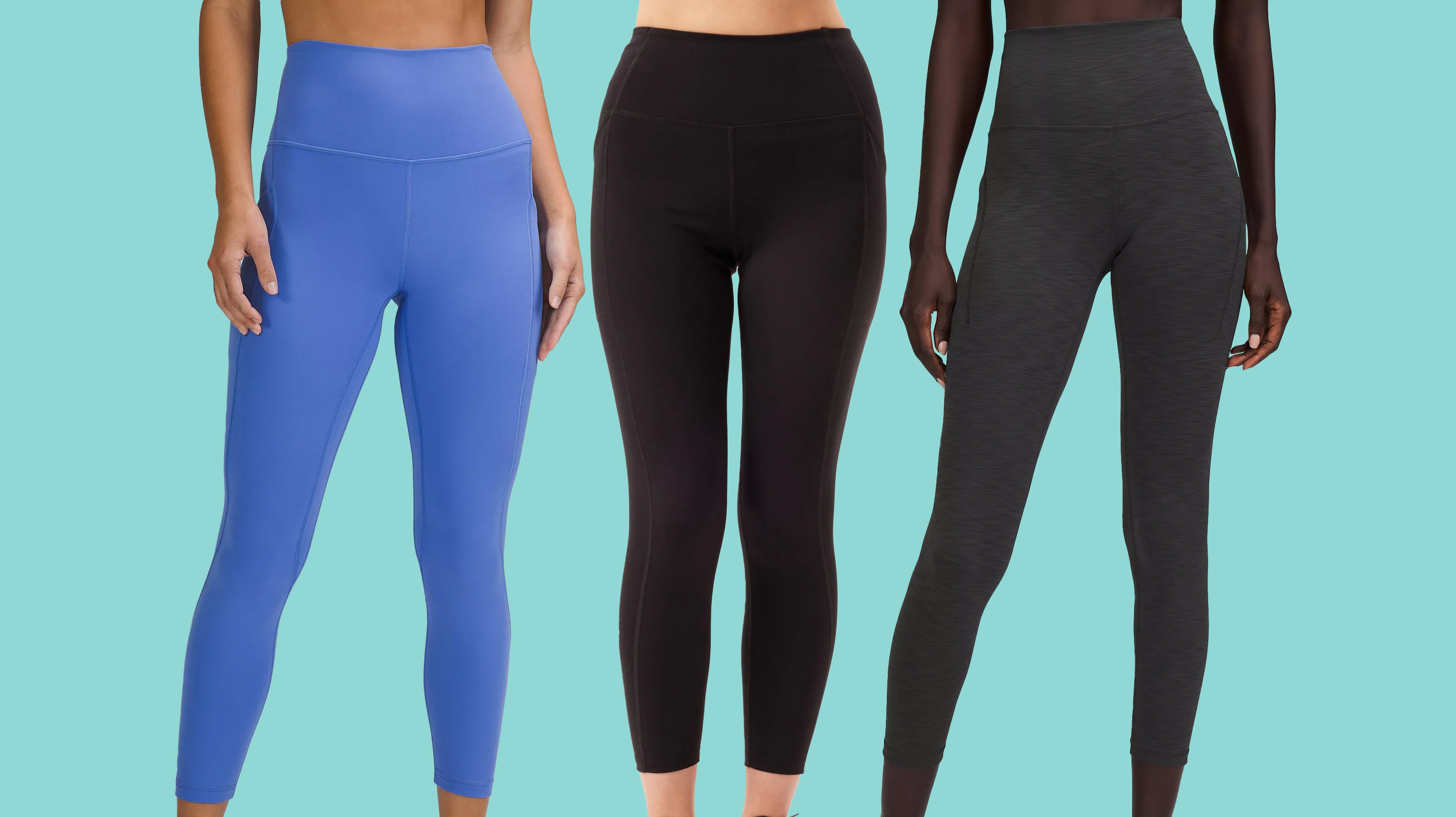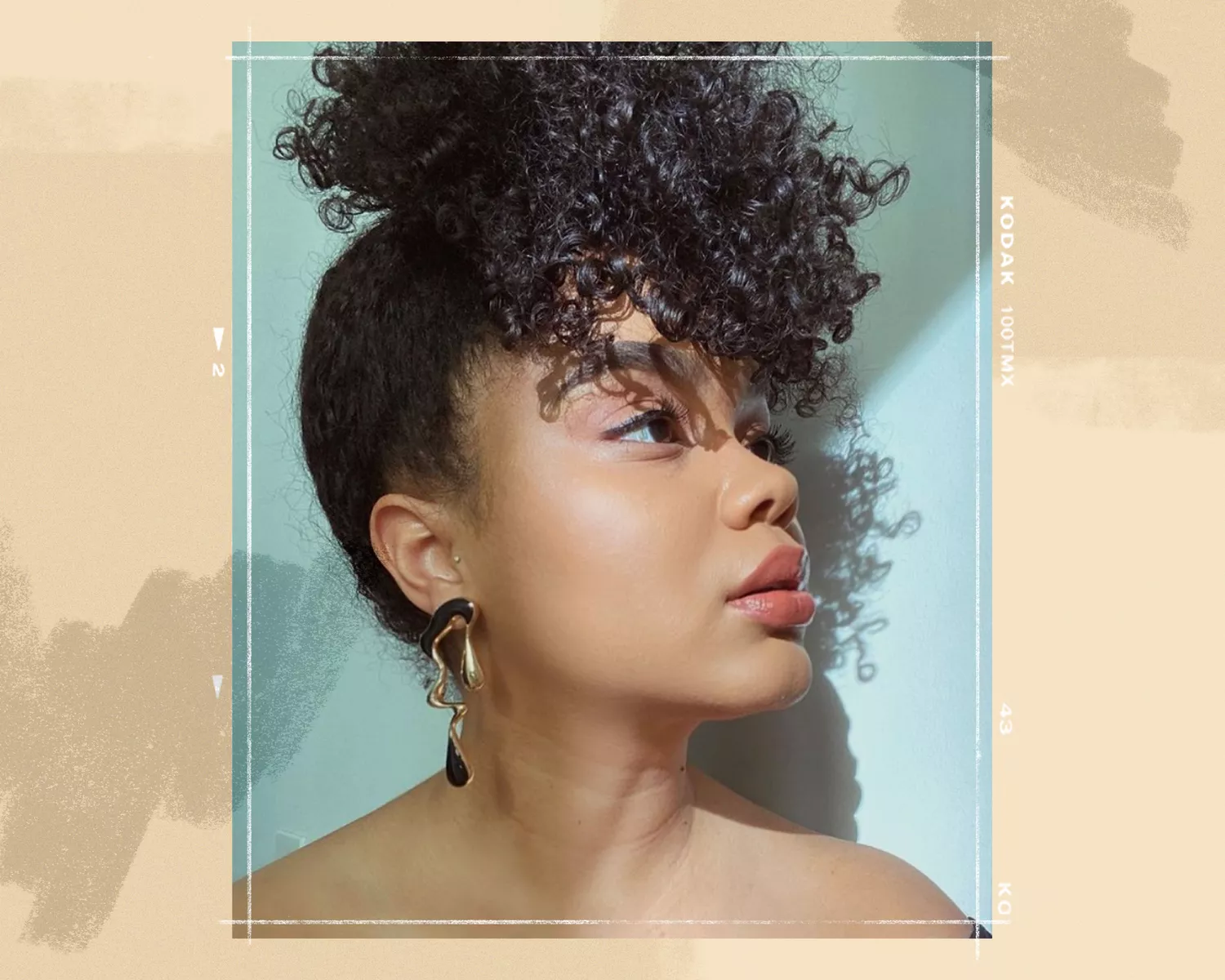
Stocksy
Hormonal acne, although it appears to crop up like clockwork, can also be sneaky, arising when you least expect it. While all types of acne can typically be treated with a regimented skincare routine, this type is driven by our bodies hormones and can be trickier to treat. Fluctuations in hormones typically happen around your menstrual cycle, during perimenopause, or pregnancy, which arent exactly the types of things you can control. They typically manifest on the lower half of your face, along your jawline and chin, and come and go quickly, but they can be challenging to navigate.
Thankfully, there are ways to treat and prevent hormonal acne. For starters, some acne suffers experience a reduction in breakouts by altering their diet and removing things that may trigger inflammation, such as milk and cheese. On a topical level, regular exfoliation is key in helping to keep pores clear. And in more severe cases, prescription creams or antibiotics may be necessary to combat your breakouts.
Below, three board-certified dermatologists and an esthetician share their tips and tricks for treating and preventing hormonal acne on your chin. From insights as simple as cleansing your skin regularly to more extreme measures, such as taking oral medication, find everything they have to say, below.
Meet the Expert
Jeremy Fenton, MD, is a board-certified dermatologist at Schweiger Dermatology Group. Ruth Tedaldi, MD, is a Boston-based dermatologist and co-host of YouTubes The Gist dermatology show. Kerry Benjamin is a California-based esthetician and CEO of Stacked Skincare. Melissa Kanchanapoomi Levin, MD, is a board-certified dermatologist and founder of Entière Dermatology.
What Types of Acne Can You Get on Your Chin?
In the same way that there are several types of acne that you can experience on your face and body, the chin is no exception when it comes to breakout diversity. Here are all the types of acne that can appear on your chin:
Blackheads: Enlarged or clogged pores, blackheads form when the pores get clogged with oil and debris, such as dead skin cells. This clogging may even cause the pores to expand and become more noticeable. This form of chin acne becomes black in color because contact with the air causes oxidation and darkening of the oils.1Pustules: These form when there is a layer of skin covering an inflammatory pimple near the surface. Oil and dead skin cells combined with bacteria trigger an inflammatory response by the body, which leads to the pus collecting under the skin.2Cystic pimples: Theyre pimples that are deeper under the skin. You don’t generally see the pus coming to the surface. Instead, they often manifest as deep, painful red bumps.1Nodules: Similar to cysts except they are more solid and don’t have as much fluid-filled pus inside. These don’t drain.2
What Causes Chin Acne?
Before tackling your breakouts, its important to understand what the root cause of your chin acne is– it will help you to come up with the best game plan for treatment. Here are the main reasons you may be experiencing acne on your chin:
Hormones:Higher levels of testosterone trigger more oil production, which can clog pores and lead to breakouts.3Lack of exfoliation:Excess oils, impurities, and clogged pores can lead to breakouts, particularly if the skin isn’t being exfoliated well. Regular exfoliation can help minimize the appearance of blackheads.4Bacteria: With pustules, there is more of an inflammatory component that comes from the presence of bacteria trapped within the skin.5
How to Prevent Chin Acne:
Once youve figured out whats causing your breakouts you can tackle them. Here are a few popular ways to get rid of chin acne for good:
Cleansing:One of the best ways to prevent chin acne is to wash your face at least twice a day, especially if you wear makeup or tend to work up a sweat when you work out.Avoiding dairy: Studies have shown that dairy can increase acne production6. Avoiding milk, cheese, and yogurt may potentially decrease and prevent chin breakouts.Regularly exfoliating:
In addition to cleansing, exfoliating regularly can help prevent chin acne. Exfoliating helps unclog pores, reducing the chances of acne forming in the first place.
Treatment for Chin Acne
Consult Your Doctor About Oral Medication
So what exactly do hormones have to do with your skin? To answer that, California-based esthetician, Kerry Benjamin, gives us a quick biology lesson for those who experience a menstrual cycle. A 28-day menstrual cycle can be broken down into three sections. During the first seven days, estrogen levels are high. On days seven to 14, estrogen begins to drop. Day 14 through day 28 is when estrogen reaches its lowest levels. Benjamin explains that breakouts are most likely to occur seven to 10 days before your period because that’s when estrogen– which helps keep your skin clear– is lowest. Also during this time, testosterone increases, leading to an increase in sebum production. Progesterone levels increase, too, causing your pores to constrict. So, you’ve got low levels of the skin-clearing hormone, plus excess oil and constricted pores. The result: the perfect storm for an acne flare-up.
If your cystic breakouts don’t respond to topical spot treatments, talk to your doctor about different oral medication options. Depending on your specific circumstances, they might suggest birth control or spironolactone (a medication that blocks hormones similar to testosterone called androgens) to regulate hormones and oil production or an antibiotic to target bacteria.
Cut Dairy From Your Diet
Since, according to Benjamin, chin acne can be attributed to hormones, start by addressing all the factors that could be affecting you hormonally, like the food you eat. Dermatologist, Jeremy Fenton, says that a change in diet, especially one that’s heavy in dairy, can have a significant difference in your skin. “Dairy has been shown to stimulate testosterone production in people who consume it, and spikes in testosterone can worsen acne. Dairy also naturally contains its own hormones, such as estrogen, which can exert their own impact on a person’s hormonal balance,” he explains.
If you’ve already made the switch from cow’s milk to almond or soy milk and are still experiencing breakouts, you might be surprised to learn why. As it turns out, even those dairy substitutes might be the culprits behind hormonal breakouts due to the fact that they both contain high levels of estrogen-like compounds.7In short, be wary of dairy and do your research before selecting a nondairy substitute if you already have a hormonal imbalance.
Use a Retinoid
While retinol may be known for its anti-aging capabilities, it can also help prevent chin acne. "Using a retinol will increase cell turnover and lift debris from your skin," says dermatologist, Ruth Tedaldi.
“Even when your skin is doing well, you should continue your preventative skincare routine,” adds dermatologist, Melissa Kanchanapoomi Levin. “That means in addition to regular daily sunscreen or sun protection, continue using your topical retinoid, such as Differins Acne Treatment Gel ($14). In addition to clearing existing acne, Differin will also help to prevent future breakouts from forming by minimizing the clogging of pores.”
Exfoliate Regularly
Exfoliation is key for keeping pores clean and free of dead skin cells, bacteria, dirt, and debris that clog the pores, mix with the oil on your skin, and cause breakouts. Instead of a harsh mechanical exfoliator like a scrub, Dr. Levin suggests trying a gentle, yet effective chemical exfoliant instead.
“If your skin is not irritated and can tolerate an exfoliator, try alpha-hydroxy acids or salicylic acid two to three times weekly,” Dr. Levin says. Salicylic acid works by cleaning deep within the pores while AHAs work to slough away dead skin. For a salicylic acid spot treatment, we like Origin’s Super Spot Remover ($20). And for an AHA, try a gentle lactic acid treatment, like the Sunday Riley Good Genes Treatment ($85).
Key Ingredients
Lactic acid is an alpha hydroxy acid that works to exfoliate the skin. Its molecule is slightly larger than glycolic acid, meaning it works a bit slower and doesnt penetrate the skins outermost layer as easily.8
For those who prefer mechanical exfoliants, Dr. Tedaldi suggests using a mild exfoliant. "Wash well but dont scrub," she says. "You can use an exfoliating cleanser to remove debris from the day."
Mix Your Own Spot Treatment
The bigger the breakout, the worse your tendency to overload on zit creams and topical treatments, but instead of applying a bunch of serums and spot treatments to the area and hoping for the best, make a small mixture of only a select few products. This will help prevent disruption of your skin’s protective barrier in the process. Next time you have a cystic breakout, apply a small combination of salicylic acid (to exfoliate), benzoyl peroxide (to kill the bacteria), and 1% hydrocortisone (to calm redness) to the affected area to encourage healing without overdoing it.
Key Ingredients
Benzoyl peroxide is an organic acid in the peroxide family that has been used to treat acne because of its keratolytic, moderate comedolytic, and antibacterial properties, which include the proven reduction of P. acnes and Staph. aureus on the skin.9
Protect From Picking With a Hydrocolloid Patch
Just as you would slap a Band-Aid on a small cut or wound to protect it from the outside elements while it heals, hydrocolloid patches do the same for pimples. Though these patches (aka zit stickers) arent effective enough to tackle chin breakouts completely on their own, they are a nice bonus treatment to have on hand for a few reasons. If you can’t keep your hands off your face during a breakout, cover the spot with one of these little stickers to block yourself from messing with it and making matters worse. While the patch serves as a shield between your dirty fingers and your healing pimple, it also pulls excess oil from the area, thanks to the hydrocolloid dressing. Try the Peace Out Acne Spot Dots ($19), which also contains salicylic acid and vitamin A to clean out the pores and encourage skin turnover.
Keep Your Routine Simple and Gentle
More is not necessarily better when it comes to fighting an acne breakout. When you overuse strong acne ingredients, you run the risk of damaging your skins protective barrier. When the barrier is compromised, bacteria are able to enter and cause skin infections. So when it comes to treating chin acne, keep it simple and gentle and only apply what you really need: a gentle face wash, a lightweight moisturizer, an exfoliant, and a spot treatment.
Try one of the exfoliants and spot treatments recommended above, and for a face wash, stick with a creamy cleanser like Vanicream Gentle Facial Cleanser ($8), which is mild enough for even the most sensitive skin types. A good moisturizer for oily, acne-prone skin can be hard to find, but we’ve found something that solves our blemish problem with PCA Skins Lightweight Moisturizer ($57). It contains marigold flower oil, lemongrass extract, and cucumber fruit extract to calm any redness or irritation and vitamin A to get you the clear complexion you deserve.
The Hormonal Acne Diet: What to Eat (and Avoid) to Improve Breakouts
Article Sources
We takes every opportunity to use high-quality sources, including peer-reviewed studies, to support the facts within our articles. Read our editorial guidelines to learn more about how we keep our content accurate, reliable and trustworthy.
Tan AU, Schlosser BJ, Paller AS. A review of diagnosis and treatment of acne in adult female patients. Int J Womens Dermatol. 2017;4(2):56-71. Published 2017 Dec 23. doi:10.1016/j.ijwd.2017.10.006
Bagatin E, Freitas THP, Rivitti-Machado MC, et al. Adult female acne: a guide to clinical practice [published correction appears in An Bras Dermatol. 2019 Mar-Apr;94(2):255. Machado MCR [corrected to Rivitti-Machado MC]]. An Bras Dermatol. 2019;94(1):62-75. doi:10.1590/abd1806-4841.20198203
Iftikhar U, Choudhry N. Serum levels of androgens in acne & their role in acne severity. Pak J Med Sci. 2019;35(1):146-150. doi:10.12669/pjms.35.1.131
Rodan K, Fields K, Majewski G, Falla T. Skincare Bootcamp: The Evolving Role of Skincare. Plast Reconstr Surg Glob Open. 2016;4(12 Suppl Anatomy and Safety in Cosmetic Medicine: Cosmetic Bootcamp):e1152. Published 2016 Dec 14. doi:10.1097/GOX.0000000000001152
Heng AHS, Chew FT. Systematic review of the epidemiology of acne vulgaris. Sci Rep. 2020;10(1):5754. doi:10.1038/s41598-020-62715-3
Juhl CR, Bergholdt HKM, Miller IM, Jemec GBE, Kanters JK, Ellervik C. Dairy intake and acne vulgaris: a systematic review and meta-analysis of 78,529 children, adolescents, and young adults. Nutrients. 2018;10(8):1049. doi:10.3390/nu10081049
Křížová L, Dadáková K, Kašparovská J, Kašparovský T. Isoflavones. Molecules. 2019;24(6):1076. doi:10.3390/molecules24061076
Soleymani T, Lanoue J, Rahman Z. A practical approach to chemical peels: a review of fundamentals and step-by-step algorithmic protocol for treatment. J Clin Aesthet Dermatol. 2018;11(8):21-28.
Blaskovich MAT, Elliott AG, Kavanagh AM, Ramu S, Cooper MA. In vitro antimicrobial activity of acne drugs against skin-associated bacteria. Sci Rep. 2019;9(1):14658. doi:10.1038/s41598-019-50746-4
